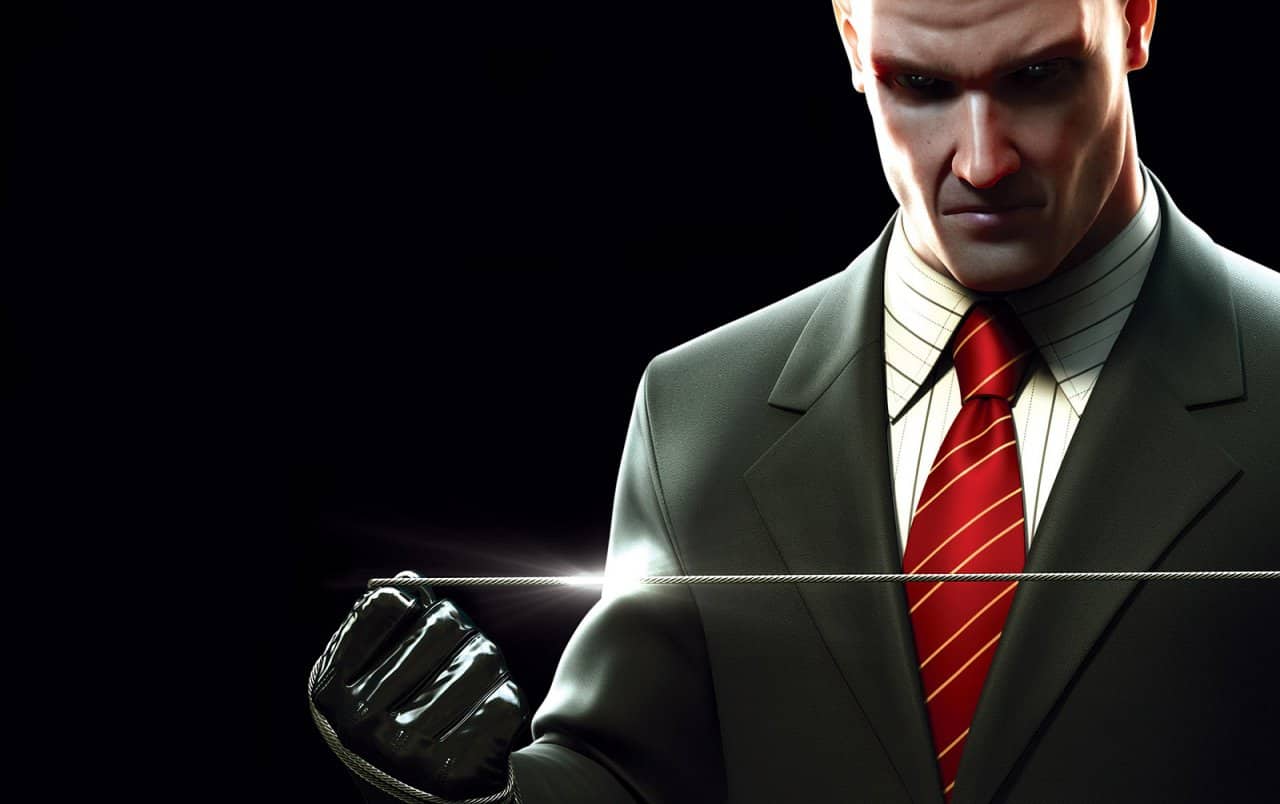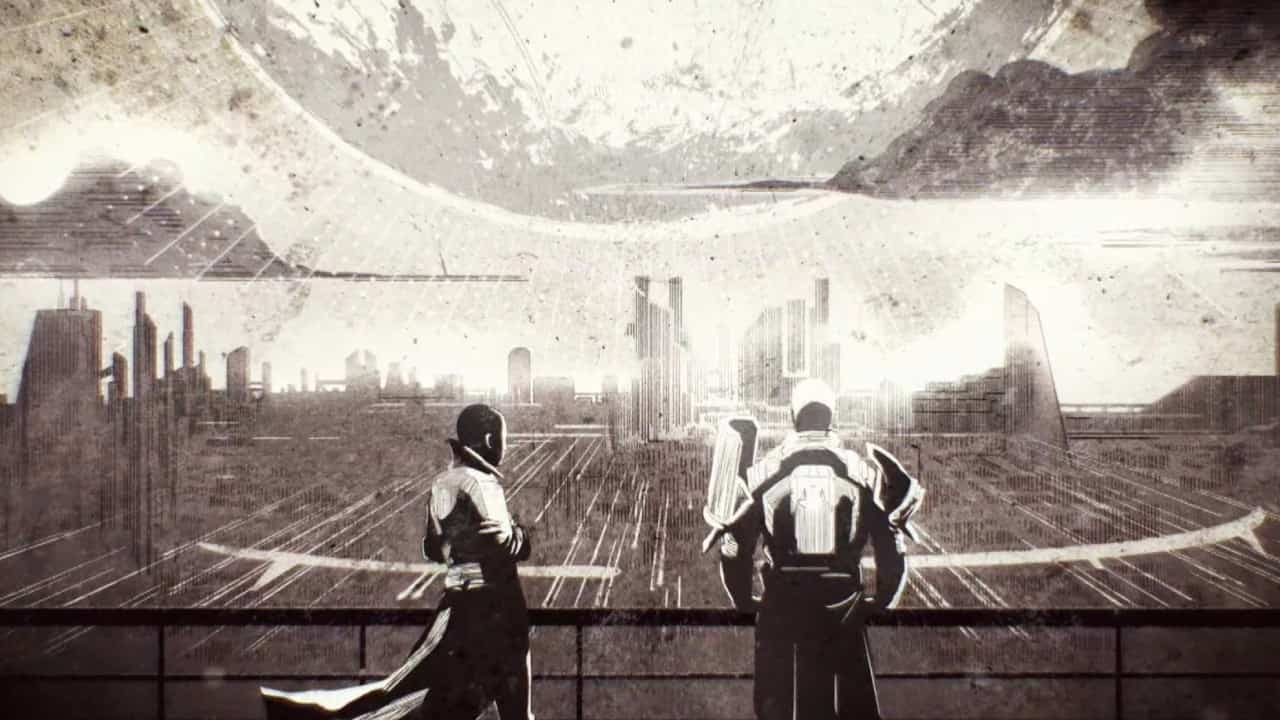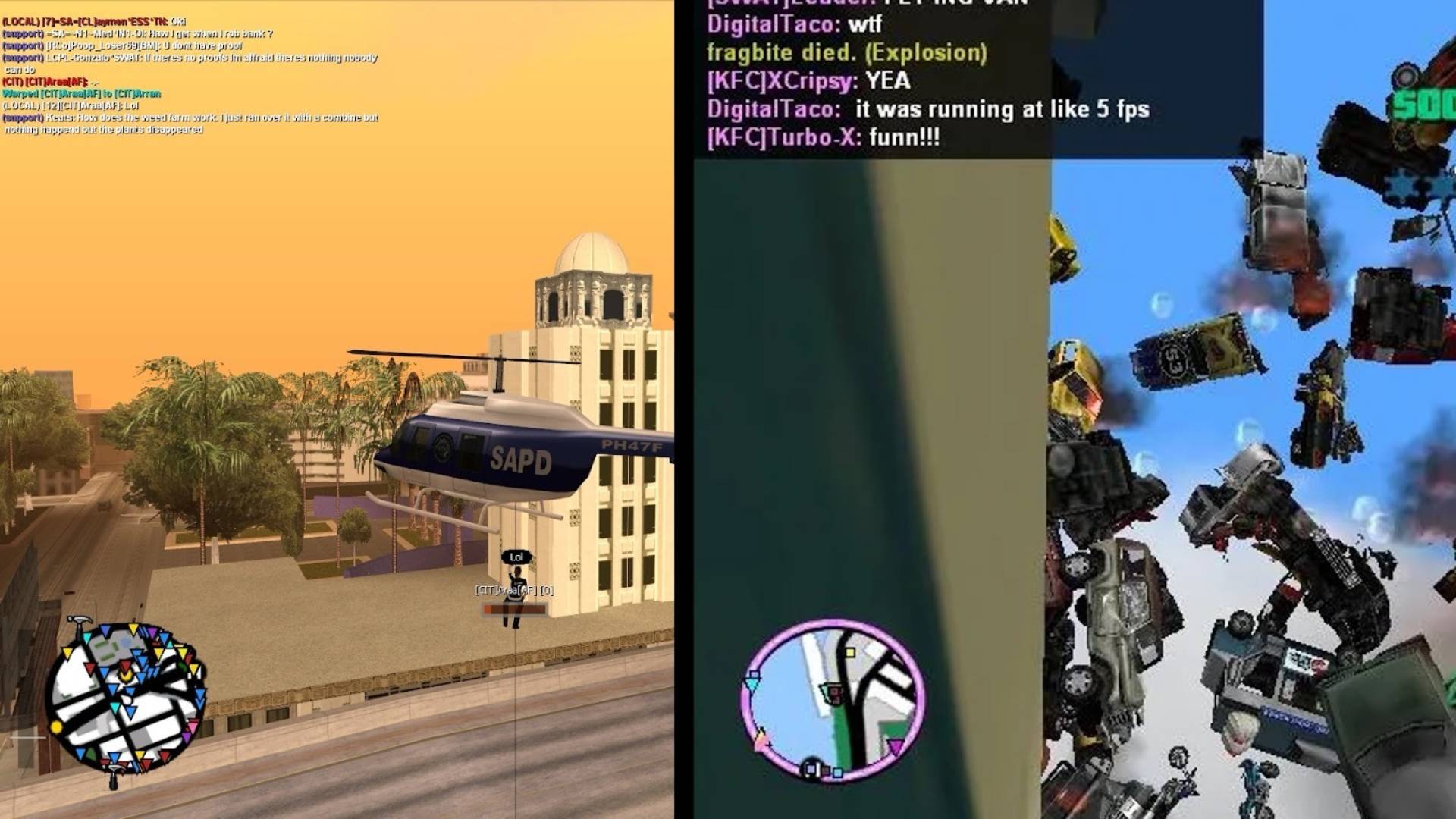You can trust VideoGamer. Our team of gaming experts spend hours testing and reviewing the latest games, to ensure you're reading the most comprehensive guide possible. Rest assured, all imagery and advice is unique and original. Check out how we test and review games here
Hitman: Absolution’s first appearance at last year’s E3 was an undisputed success. IO Interactive’s reborn Agent 47 immediately became one of the show’s major talking points, and by the end of the week Square Enix’s booth was adorned with dozens of nomination placards. And yet despite this warm reception, many fans of the series were left dismayed: it seemed as if IO had quietly snuffed out the open-ended design that had previously defined the franchise, leaving in its place a streamlined action shooter.
To make matters worse, Agent 47 appeared to have turned into a cop-killing murder machine – a slap-headed Jason Bourne, forced to evade a bullet-spewing helicopter on the roof of a gritty apartment block. The demo itself was certainly stylish, but aside from the protagonist’s notable lack of hair, it seemed to have little in common with its predecessors.
Last week the game finally reappeared, and this time Square Enix copied the approach it took during the promotion of Deus Ex: Human Revolution – showing two demos of the same level, played in completely different ways. The new footage certainly demonstrates the game’s versatility, but is this really the same Agent 47 that we know and love?
Here, with the help of game director Tore Blystad, we compare Hitman Absolution to its predecessors. Bear in mind that some of what follows is conjecture, as Absolution is still in development with no confirmed release date.
[hr]
Plot
/https://oimg.videogamer.com/images/984b/hitman4605.jpg)
The old games: In the past, plot has never been a major component of the Hitman series. Most of the storytelling in each game has been confined to the cutscenes that sandwich each level, with Agent 47’s genetic origins regularly cropping up as a narrative ingredient. Arguably the only recurrent supporting character of note is Diana Burnwood, Agent 47’s plummy handler, and even she is little more than a voice, most of the time.
Hitman Absolution: Clearly we’ll know more when we’ve played the full game, but for now it seems obvious that storytelling will play a bigger role in proceedings. Indeed, given the new focus on cinematic trappings, you could argue that it’s the biggest single force behind the game’s new directions.
From what little we know of Absolution’s setup, Agent 47 appears to be on the run in the USA; at the very least, he’s operating without any assistance from the International Contract Agency, who previously employed him. There’s a recurrent villain in the story – a weapons manufacturer named Blake Dexter, voiced by Keith Carradine. Dexter somewhat resembles M Emmet Walsh in Blood Simple, and comes across as a cowboy bully type. Dexter is looking for a young girl named Victoria, and has hired the services of a contract killer named Wade – who looks suspiciously like Lynch, the eponymous star of IO’s other psychotic series.
“The very high level story is the one that everyone sees,” says game director Tor Blystad. “It’ll be between levels and in places you wouldn’t naturally need to plan. Everything else we’ve tried to cram in so that you can interact with it. You can ruin the setups, do whatever you want with the characters.
“That’s always been the problem with the Hitman games – the player can kill everyone in the scene! If you have a main character in there, what do you do? After one second he’s killed, and all your big drama disappears.”
Finally, note that Absolution will have a far darker tone than its immediate predecessor, Hitman: Blood Money. The most recent demo opens with the violent murder of a nun at the hands of one of Wade’s thugs, and later 47 eavesdrops as a security guard is tortured. The bleak approach is also reflected in the shadowy art style, which immediately contrasts with the bright aesthetics of past games – particularly the second and fourth in the series.
Objectives and level design
/https://oimg.videogamer.com/images/6321/hitman1605.jpg)
The old games: As a general rule, each mission in the past Hitman games takes the form of a miniature sandbox. Most levels find Agent 47 in a public location, swarming with NPCs. The player is given free reign as to how they approach their objectives – you could get up close and personal with a knife, snipe from a vantage point, or best of all, arrange for your target to die in a staged “accident”. As most of your potential threats take the form of innocent policemen and security guards, you are discouraged from going on a kill-crazy rampage – although that’s certainly an option.
Hitman Absolution: From what we’ve seen so far, Absolution’s levels will adopt a more linear format. While there’s certainly a degree of choice with regards to the path that Agent 47 takes through a level (not to mention his actions along the way), it appears that this freedom only extends to deviations from a broadly specified path. Again, we’ve only seen two maps, but it seems telling that in both instances so far Agent 47 has simply been trying to get from point A to point B – escaping the police in the first demo, and making his way through an occupied orphanage in the second. To this extent, level structure seems to owe more to the likes of Splinter Cell: Conviction than to the open-ended playgrounds of old.
It’s also notable that both demos were set in comparatively closed situations, without many members of the public around. While IO may well reveal larger locations in the future, I suspect that the majority of levels will follow the template established in the current previews. Why? Because in everything we’ve seen so far, there’s been a tonne of NPC dialogue – and when you’ve got chatty NPCs, you don’t tend to use so many of them.
“Every NPC actually has their own name and role in the world,” explains Blystad. “[The dialogue] is still in the works. We’re still doing voice recordings and pick-ups. We just did a big recording before Christmas and we have another one. We’ll see how much we can cram in, it’ll basically come down to logistics and memory. We have a script of 2000 pages for the AI alone. It’s huge.”
One final note on level design: there’s doesn’t seem to be a map screen in Absolution. You’ll have to keep track of enemies with your own senses.
[hr]
Stealth and disguises
/https://oimg.videogamer.com/images/4efc/hitman3605.jpg)
The old games: While Agent 47 has certainly spent his fair share of time sneaking past guards, more often than not he prefers to hide in plain sight, using a pilfered disguise. Standard procedure would see you take out a guard or civilian, either killing them or using some form of anaesthetic, then you take their clothes and hide the body. Specific disguises usually grant access to private areas of the map; to an extent, they act like keycards that you wear. Inappropriate behaviour encourages guards to see through your disguise, and this is indicated by an on-screen gauge.
Hitman Absolution: This mechanic hasn’t changed as much as many other aspects of the core Hitman design. You can still take down everyone you see, and you can still pinch their threads. Grabbing an NPC from behind offers up two choices, indicated via a Heavy Rain-style floating prompt. You can snap your victim’s neck, or you can put them in a sleeper hold, which necessitates a Metal Gear Solid-style button tap. At one point in the recent demo, the player combined the two – pacifying a guard until his colleague walked out of earshot and then performing the neck-break. This may suggest that the neck-snap routine makes an audible noise.
Once Agent 47 is dressed up, he’ll be able to wander about freely. There’s no indicator for how well your act is holding up, however – in general, the presentation eschews a HUD except where it’s absolutely demanded. NPCs will notice your presence and may attempt to talk to you, which seems to place “strain” on your disguise. Slow motion seems to indicate moments where you’re at risk of discovery, and Agent 47 can use some of his Instinct reserves to perform naturalistic actions which deflect attention – pulling his collar up, or scratching his head to casually cover his face.
47 also has more options with regards to standard sneaking. In addition to being more nimble these days, with swifter climbing skills and cover-to-cover moves more in line with the standard for third-person shooters, he also has a limited ability to see through walls, and to project the path that a moving NPC is about to take. In the second preview, this didn’t appear to cost anything in terms of Instinct – though that may have been a cheat for demonstration purposes.
If you’re detected by guards and then escape, your enemies will eventually settle down, but they will be left in what Blystad calls an “angry ambient” mode:
“They have some kind of memory within the world. Also, another very important thing is the way news spreads throughout the level. In the past, everyone instantly knew [if you were spotted]. You were the bad guy, and they were coming to get you. Now it’s much more about who is a witness, who they tell, and how fast they communicate. If you can contain a situation before it spreads, you can stop it.”
There’s a similar mechanic in place for disguises: “If someone sees your disguise it’s blown to that guy – and if he tells his friends, you’ll have to find something else. But if you kill him, or dispose of him in some other way, then you’re reinstated – because no-one else knows. It’s more logical.”
The noble art of murder
/https://oimg.videogamer.com/images/fadb/hitman2605.jpg)
The old games: Agent 47 has always had a wide range of options when it comes to snuffing out his victims. Aside from a huge range of pistols, rifles and submachine guns, he can strangle enemies with his fibre wire, poison their food, or stab or bludgeon them with anything that comes to hand. He’s also shown a propensity for using his surroundings to his advantage – rigging barbecues to burn their users, crushing people with chandeliers, and posing as a doctor so that he can deliberately botch an operation.
However, Agent 47 has never been particularly great at sustained gun battles. True, his innate toughness allows him to soak up bullets, but in all-out firefights he tends to lack the skill he shows elsewhere.
Hitman Absolution: Hitman’s approach to gunplay has totally been transformed. At the forefront of the change is Point Shooting – a mechanic (loosely) based on a real-world technique, here transformed into a hybrid of standard bullet time, and the VATS system from Fallout 3. At the cost of Instinct, the player slows time and cues up a series of shots on multiple enemies, then triggers them all in a single, cinematic chain of executions.
Instinct can also be used to trigger show-off kills with melee weapons; the notable example in the last demo saw 47 killing two foes with an axe before hurling the weapon into a third opponent. From what I can tell, 47 can hold one large environmental object at a time, which can be used for melee purposes or thrown to cause a distraction. We’ve also seen him dual-wielding pistols. Weapons are selected from a quick-access menu, without breaking the flow of play.
It’s hard to get a sense of how much punishment Agent 47 can take; as I’ve said, the last demonstrator was playing on god mode – and in any case, it’s likely that damage will vary depending on difficulty level. According to Blystad, the game’s health system will use a setup that’s halfway between a regeneration mechanic and a limited reserve. When I suggested that it might use a segmented health bar, one that only regenerates up to the last partially-full block (as in Assault on Dark Athena, for example), Blystad confirmed that this was more or less accurate.
So far, we have yet to see a “proper” assassination, but expect less emphasis on technology and gadgets, and more focus on Agent 47 as a natural killing machine.
[hr]
End of level feedback
/https://oimg.videogamer.com/images/6d1a/hitman5605.jpg)
The old games: A hefty stat page greets you at the end of each level, along with a rating. To get the rank of Silent Assassin, players must remain undetected, leave no trace of their presence, and use an extremely limited number of bullets – if any at all. Hitman: Blood Money also presented the player with a dynamic newspaper front page, with content that reflected your actions in the mission (still one of the most gratifying ‘results’ screens I’ve ever seen).
Hitman Absolution: Here’s what Blystad has to say:
“We’re logging absolutely everything. We’re still looking into what kind of information people are most interested in. We haven’t shown any end of levels yet, so obviously it’s going to be a question. But it’s a central part of the game – it’s one of the things that makes the Hitman games.
“We do mark the end of each level, and we do give you info: ‘This is how you performed. Think about this: Do you want to go back and re-do it, or continue the story? Some people won’t care, they’ll continue to the next setup. But people who do care – they want Silent Assassin or something similar, or they want to play for Achievements, or ‘Challenges’ as we call them – they will go back and replay a section or entire levels.
“That’s what the game is made for, it’s what the Hitman games are all about. It’s the replay value, and being able to express yourself within the level.”
Hitman: Blood Money
- Platform(s): PC, PlayStation 2, PlayStation 3, PlayStation 4, Xbox, Xbox 360
- Genre(s): Action, Shooter, Stealth







